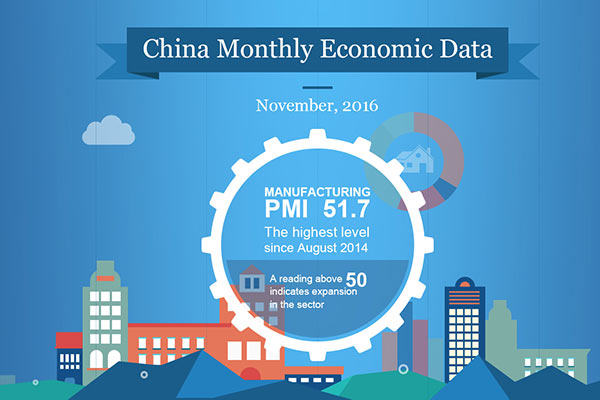Analysts forecast lackluster Q2 for China's solar PV sector
BEIJING -- Although the Chinese solar photovoltaic (PV) industry is showing warming signs, analysts have forecast a bleak second quarter for the sector due to lower-than-expected price subsidies and strong overseas market influence.
The National Development and Reform Commission (NDRC), China's economic planner, recently circulated a draft pricing scheme for on-grid solar electricity to be reviewed among government departments and major industry players, according to the Wednesday edition of China Securities Journal.
The price of the on-grid solar power, according to the draft scheme, will range from 0.75 yuan ($0.12) to 1 yuan per kilowatt-hour (kWh), with subsidies for distributed solar power generation at 0.35 yuan per kWh.
Lower than the anticipated price range of 1 to 1.15 yuan per kWh, an on-grid price of 0.75 yuan will push down the rate of return by 1 to 2 percentage points, said Han Qiming, an analyst with Solarbuzz, a consulting firm specializing in solar energy.
Analysts also worried that the market for distributed solar PV generation system may slow its pace of expansion under the draft pricing scheme, as the proposed subsidy falls short of expectations.
A report from Minsheng Securities said the current costs for building a distributed PV power station need to be cut by 30 percent in order to maintain a reasonable rate of return.
China quickened its pace of solar power development in 2013, planning to add another 10 gigawatts (gW) of installed solar PV power this year, according to an NDRC draft plan submitted last week to the annual parliamentary session.
It came after an official with the National Energy Administration said in late January that China will increase its solar energy supply target from 21 GW to 35 GW by 2015.
Meanwhile, the country's total solar power installed capacity, which surpassed 6 GW in 2012, accounted for about 18 percent of the world's total, the China Securities Journal reported.
However, Han pointed out that if the subsidies remain inadequate on the domestic market, the 10-GW annual target might be hard to realize.
Wooed by strong local subsidy policies, many Chinese solar companies began to invest in emerging overseas markets to ward off uncertainties partly caused by PV trade investigations launched against them last year, Han said.
In the first quarter of 2013, Chinese solar firms may boost their production to accommodate increasing orders, but inventories may also pile up during the following quarter, he said.
Wang Haisheng, an analyst with Minsheng Securities, agreed that the second quarter will be the toughest time for the entire industry, with the preliminary ruling for the European Union's anti-dumping investigation set to come out around June.

















